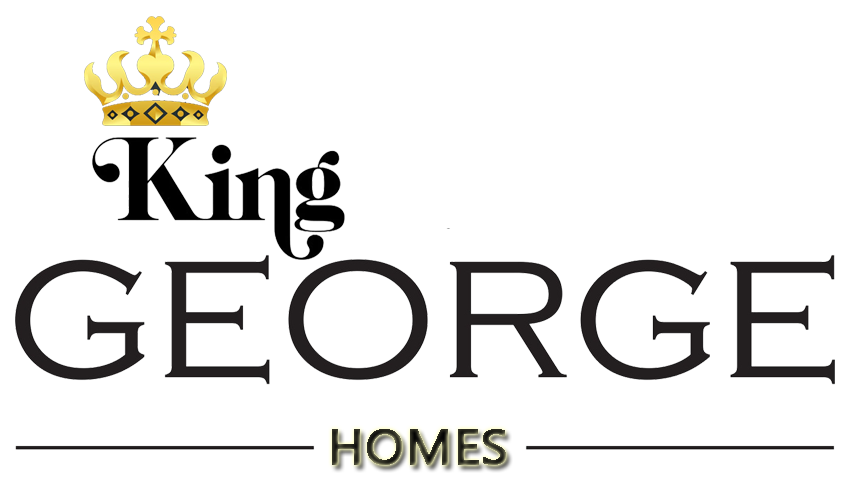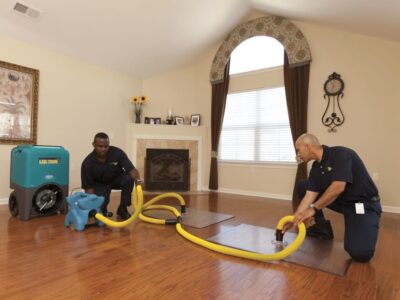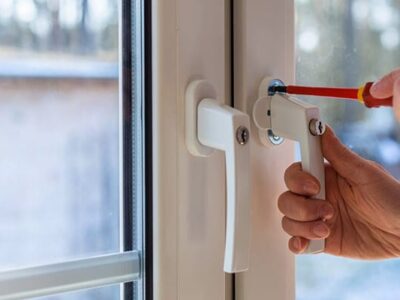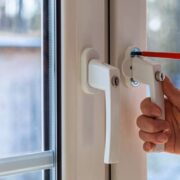Decentralized Mechanical Ventilation with Heat Recovery (MVHR) systems have emerged as a game-changer in revolutionizing indoor air quality. In this blog, we delve into the concept of decentralized MVHR, its applications, and the benefits it offers to both residential and commercial spaces.
What is Decentralized MVHR?
Mechanical Ventilation with Heat Recovery (MVHR) systems are designed to ensure a constant supply of fresh air into indoor spaces while simultaneously recovering the heat from the outgoing air. This process helps maintain a comfortable indoor environment while minimizing energy consumption.
Traditionally, MVHR systems were centralized, serving entire buildings through a single unit. However, decentralized MVHR systems operate on a room-by-room basis, offering more flexibility and control over ventilation.
Applications of Decentralized MVHR
1. Residential Buildings
In residential settings, decentralized MVHR systems offer significant advantages, especially in multi-story or apartment buildings. Each unit can have its own MVHR unit, allowing occupants to control ventilation independently.
This ensures personalized comfort levels and eliminates the need for complex ductwork, which can be challenging to install in existing structures. Additionally, decentralized MVHR systems are ideal for retrofitting older homes, as they require minimal space and modification.
2. Commercial Buildings
Decentralized MVHR systems are also well-suited for various commercial applications. In office buildings, for example, these systems can be installed in individual offices or meeting rooms, providing occupants with optimal air quality and comfort. Similarly, in hotels and hospitality establishments, decentralized MVHR units can be installed in guest rooms to enhance the overall guest experience.
Benefits of Decentralized MVHR
Energy Efficiency
Decentralized MVHR systems offer superior energy efficiency compared to traditional centralized systems. By operating on a room-by-room basis, these systems only ventilate spaces when needed, reducing energy wastage. Additionally, the heat recovery mechanism ensures that energy is not lost during the ventilation process, further contributing to energy savings.
Improved Indoor Air Quality
One of the primary functions of MVHR systems is to ensure a constant supply of fresh air while removing stale air from indoor spaces. Decentralized MVHR systems excel in this regard, as they allow for precise control over ventilation in each room. This helps eliminate indoor pollutants, allergens, and odors, creating a healthier indoor environment for occupants.
Decentralized MVHR systems represent a significant advancement in the field of indoor air quality and energy efficiency. With their ability to provide personalized ventilation solutions for residential and commercial spaces, these systems are poised to become the standard for sustainable building design.
By prioritizing comfort, health, and environmental responsibility, Prana MVHR is transforming the way we think about indoor air quality management. As the demand for energy-efficient and healthy buildings continues to grow, decentralized MVHR systems will undoubtedly play a crucial role in shaping the future of sustainable architecture.













